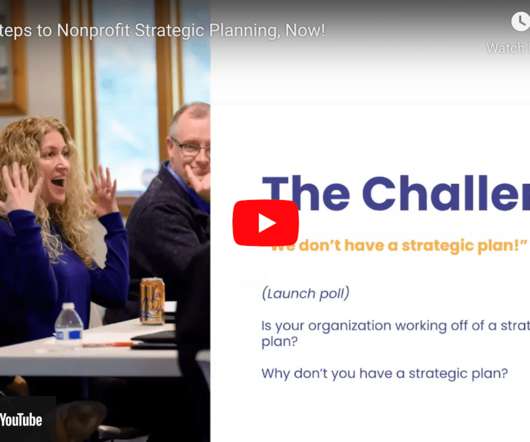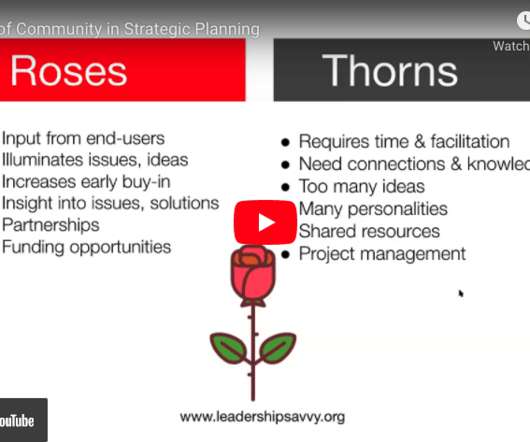Against Participation
Museum 2.0
JANUARY 9, 2017
When should you turn down the invitation to share your voice? How should you make these decisions in an imperfect world where every host is using you for something, and every voice is in danger of being manipulated, misunderstood, or subverted? But Ultra-red reminded me that many environments function as distortion machines.



















Let's personalize your content